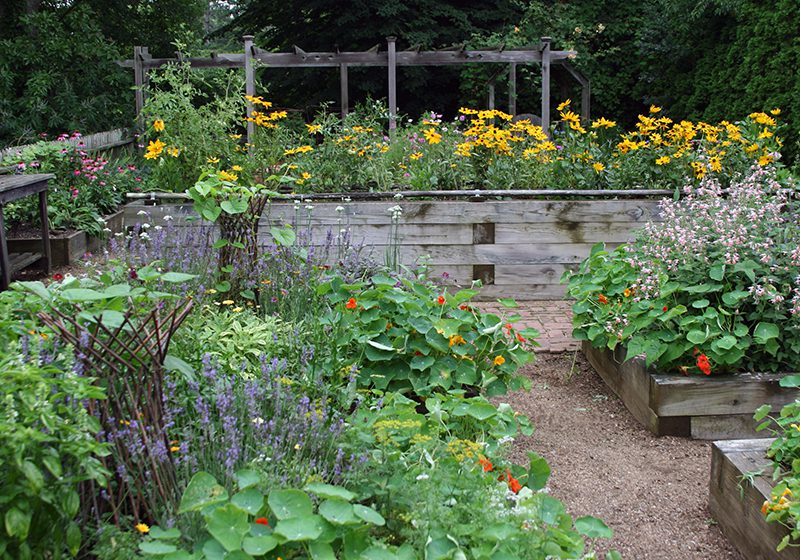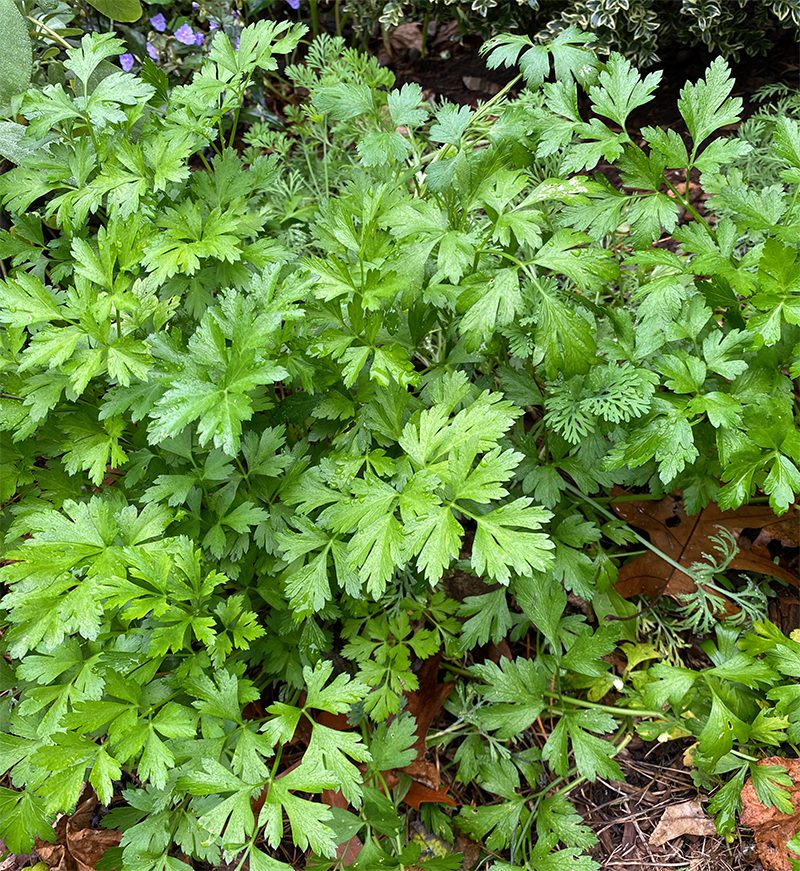How To Plant An Herb Garden
How To Plant An Herb Garden
Personally, I find it very difficult to cook without fresh herbs. I’m thrilled when the chives poke up in April and I can start picking out of the herb garden once again. But herb’s aren’t just for cooking and flavorful food…they are wonderful in beverages, from teas to cocktails or garnishes in sparkling water. And many herbs have lift-your-spirits scents that allow you to grow your own aromatherapy. If you want to plan an herb garden or grow herbs in pots, here are some guidelines that will help.
Herbs grow best in full sun. Plan to place your plants where they will get at least five hours of direct sunlight.
You will plant some herbs that are perennials, and come up every year, and have spaces for those that get planted every summer. Below are lists of each for Cape Cod and the Islands.
Herbs like good drainage and soil that isn’t super rich…so go easy on the compost and fertilizer in an herb bed. Plants that are raised in a leaner soil will produce more oils and therefore be more flavorful.
Plan on adding some flowers to your herb garden. Edible flowers such as nasturtiums, calendula and marigolds look great with herbs, and attract butterflies and bees as well.

Plant some herbs in their own raised bed or in pots or boxes that will restrict their growth. All varieties of mint and oregano will take over any area where they are planted, so it’s best not to put these in with other herbs or vegetables. Mints grow very quickly, so a small plant purchased in the spring will fill a large pot and spill over the sides by the end of summer. Growing mint in pots allows you to try several varieties and not worry about trying to constrain their growth.
Oreganos also spread quickly and will overrun an herb, perennial or vegetable garden. If your property is large, use oreganos in a dry, sunny location where it can grow as a taller ground cover or one of the plants in a more wild, field-style planting. This plant thrives in dry soils, so it can be planted in a “hell strip” along the road where there is no irrigation. The types labeled “Greek oregano” are especially aggressive.

Herbs that are reliably perennial on Cape Cod include: mints, sage, chives, thyme, oregano, and some varieties of lavender. (Munstead and Phenomenal are the most reliable varieties of lavender in this area.)

Herbs that are marginally hardy on Cape are: tarragon, rosemary, and most marjoram. (Herbs that we call marjoram are in the same genus as oregano, but are different species.) Many people plant these in pots and over-winter them indoors or in an unheated garage.
Herbs that are annuals on the Cape include: basils, borage, dill, chervil, coriander (aka cilantro), lemon verbena and parsley. You may see your parsley has returned from last year, but don’t be fooled into thinking you don’t have to plant it again this spring. Parsley is a biennial and usually comes back, but it very quickly flowers and goes to seed by the end of June. If you want parsley leaves to harvest all summer, place new plants in the garden every April or May.

If your soil is pure sand, mix in some compost before you plant, or spread it in a one to two inch layer over the entire area before planting. Most herbs can be planted about 18 to 20 inches apart. Borage does best when held up by an obelisk or other plant support.
Be sure to deadhead your chives immediately after they finish flowering. Chives self-seed and become problem plants if not deadheaded promptly.
Try a few new herbs every year, or place other annuals in and among your plants in the herb garden. These are plants that make us happy, so have fun with them!
Subscribe To Our Newsletter
Sign up for our weekly email about sales and events.
